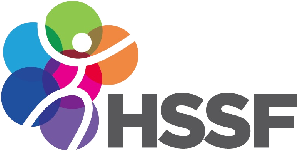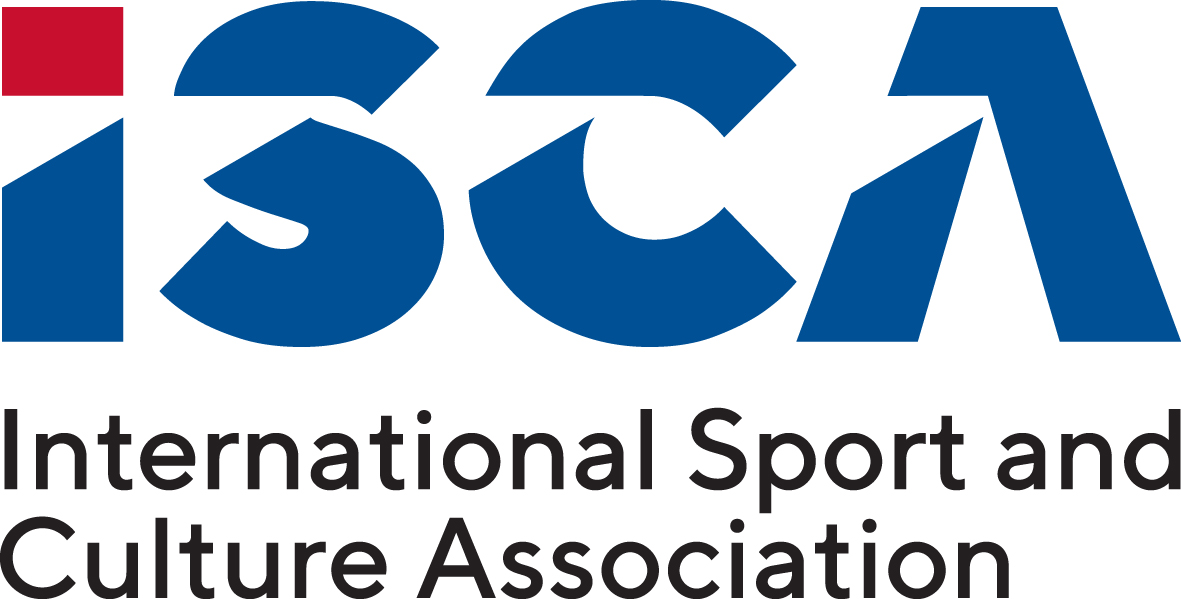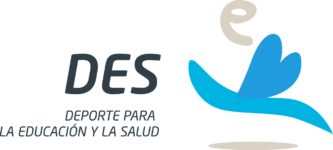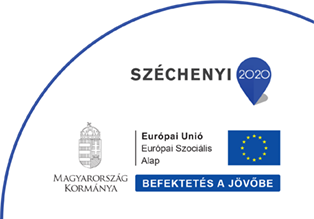HEPA CONFERENCE 2014
Report of Tamás Csányi, Dr on the HEPA Conference in Zurich
Being a HEPA focal point, the Hungarian School Sport Federation (HSSF) took part in the initiative supported by the European Union, aiming at gathering, structuring and providing information on the interventions and intersectoral activity of member states on health enhancing physical activity.
At the conference, Hungary was represented by Mr Tamás Csányi, Dr from HSSF as well as by Ms Réka Veress from the State Secretariat responsible for sport affairs.
The first conference day was opened by Mr Tommi Vasankari, representative of WHO-HEPA Europe. His speech was followed by the presentation of Mr João Breda (WHO Regional Office for Europe), who introduced the working documents and the draft strategy on physical activity developed by WHO. In her presentation, Ms Agata Dziarnowska (Sport Unit, DG EAC, European Commission) explained the system of scholarships awarded by the European Commission in the field of sport, with special regards to HEPA. Ms Dziarnowska explained the construction of the ERASMUS+ scholarship and mentioned also the possibility of awarding a potential subsidy directly to focal points. Within the framework of ERASMUS+, both in 2014 and 2015 22.5M € will be relocated to support initiatives in the field: 50% of the amount should serve as an incentive for pursuing a dual career, while the remaining amount should be used to perform researches and implement programmes related to HEPA. Furthermore, Ms Dziarnowska talked about the “European week of sport” initiative, which will be introduced at EU level as of 2015; in order to organize this event, the EU undertakes to provide a subsidy of 80,000 € per member state.
After the lunch break, we attended to several presentations on the results of the different scientific researches. The presentations were organized in 6 sections; overall, 53 presentations were held at the conference and 60 posters were introduced to the audience.
I held by presentation on “Health related fitness among 10-18 ages Hungarian students: Results of a nationally representative study with the Hungarian National Student Fitness Test (NETFIT)” in the “Physical activity and Sedentary Work” section as participant n. 32. The presentation was warmly welcomed by the audience and it was followed by a large number of questions.
On the second conference day, during the morning plenary session, we had the chance to follow the outstanding presentation of Ms Ruth Loos, Dr on the relation between physical activity, obesity and genes. Dr Loos was followed by Ms Nanett Mutrie, founder of the “Let’s make Scotland more Active” project, aiming at enhancing physical activity among Scots. Mr Pedro Hallal from Brazil presented a very interesting initiative, which aims at collecting the results of the different HEPA researches and showing them in a national breakdown. The presentations were followed by the introduction of posters.
In the afternoon session, panel discussions took place with the participation of Ms Fiona Bull, Dr (ISPAH, Australia), Mr Joao Breda (WHO), Ms Agatha Dziarnowska, Mr Tommy Vasankary (WHO-HEPA President), Mr Robert Sallis (Exercise is Medicine President), Mr Jacob Schouenborg (ISCA Secretary General). The discussion focused on the relation between physical activity and health insurance and on the problems related to medical care.
Tamás Csányi, Dr
Head of Department
Physical Education Department










